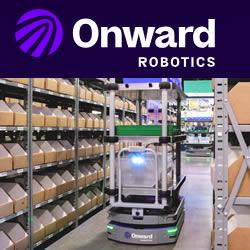Tolomatic's ERD Electric Cylinder Receives USDA Approval
New hygienic designed ERD electric cylinders are IP69K, stainless steel and USDA approved.
Tolomatic has just released two new sizes of ERD electric cylinders that are hygienically designed, IP69K rated with an USDA Accepted Equipment Certification for meat (livestock), poultry, and dairy food processing applications.
The new hygienic stainless steel design of ERD electric cylinders offer:
• Thrust capacities to 4500 lbf [20,017 N]
• Increased strokes to 39.4 inches [1000 mm]
• Increased speed capacities to 57.5 inches [1460.5 mm]
• Choice of ball, or roller screws
• Lowest cost stainless steel actuator- with IP69K as standard equipment available out of the catalog with fast delivery
With the expanded force range the ERD can handle the most demanding jobs such as pressing, cutting, chopping and can replace most pneumatic and hydraulic cylinders with excellent efficiency and operating flexibility.
Information on the ERD Electric Cylinders from Tolomatic can be viewed at the link below-http://www.electromate.com/products/series.php?&series_id=105290
Check out the USDA Approval Press Release on YouTube at-https://www.youtube.com/watch?v=eJ0ZcTnAFtc&feature=youtube_gdata
For more information, please contact:
EDITORIAL CONTACT:
Warren Osak
sales@electromate.com
Toll Free Phone: 877-737-8698
Toll Free Fax: 877-737-8699
www.electromate.com
Tags: Tolomatic, Electromate, ERD Series, Electric Cylinder, Linear Actuator IP69K, USDA, Electric Linear Actuator
Featured Product

Onward Robotics - Meet Me Fulfillment Automation
Meet Me uniquely brings talent and technology together: providing end-to-end process efficiency and enabling accurate and continuous fulfillment workflows. Proprietary Pyxis technology uniquely orchestrates picker and Lumabot AMR workflows independently, delivering fast, accurate, and efficient fulfillment from induction to pack out. Learn more about Meet Me Automation: Download Overview Brochure
